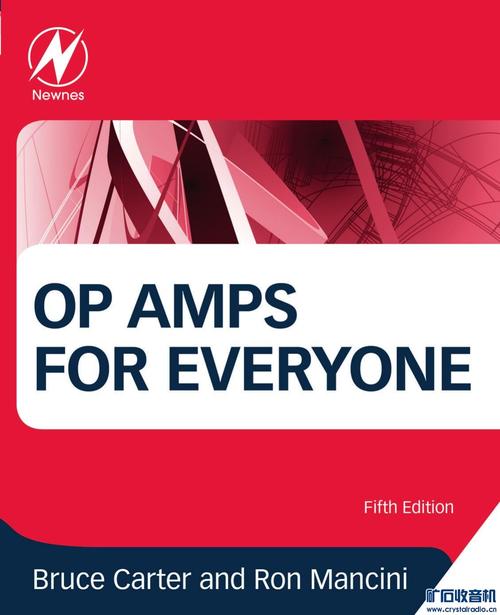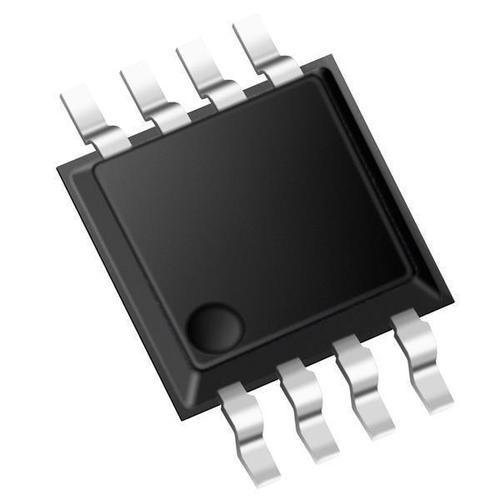
Different Operational Amplifiers: A Comprehensive Guide
Operational amplifiers, often abbreviated as op-amps, are fundamental components in electronic circuits. They are versatile and widely used in various applications, from audio amplification to signal processing. In this article, we will delve into the different types of operational amplifiers, their characteristics, and their applications.
Types of Operational Amplifiers
There are several types of operational amplifiers, each with its unique features and applications. Let’s explore some of the most common ones:

| Type | Description | Applications |
|---|---|---|
| Standard Op-Amp | Basic operational amplifier with high input impedance and low output impedance | Signal conditioning, amplification, filtering |
| Low-Power Op-Amp | Operational amplifier designed for low-power applications | Portable devices, battery-powered circuits |
| High-Speed Op-Amp | Operational amplifier with high bandwidth and fast slew rate | Communication systems, audio processing |
| Low-Noise Op-Amp | Operational amplifier with low noise characteristics | Signal processing, audio amplification |
| Rail-to-Rail Op-Amp | Operational amplifier with output voltage swing that extends to the power supply rails | Audio amplification, signal processing |
These are just a few examples of the many types of operational amplifiers available. Each type has its own set of advantages and disadvantages, making it suitable for specific applications.
Characteristics of Operational Amplifiers
Operational amplifiers have several key characteristics that determine their performance and suitability for various applications. Let’s discuss some of the most important ones:
- Input Impedance: The input impedance of an operational amplifier is the resistance seen by the input signal. High input impedance is desirable for minimizing the loading effect on the source signal.
- Output Impedance: The output impedance of an operational amplifier is the resistance seen by the load connected to its output. Low output impedance is desirable for driving loads with minimal signal degradation.
- Bandwidth: The bandwidth of an operational amplifier is the range of frequencies over which it can amplify a signal effectively. A wider bandwidth allows for better performance in applications requiring high-frequency signal processing.
- Slew Rate: The slew rate of an operational amplifier is the maximum rate of change of its output voltage. A higher slew rate allows for faster signal transitions, which is important in high-speed applications.
- Noise: The noise of an operational amplifier refers to the unwanted electrical signals that can interfere with the desired signal. Low noise is desirable for applications requiring high signal fidelity.
These characteristics play a crucial role in determining the performance and suitability of an operational amplifier for a specific application.
Applications of Operational Amplifiers
Operational amplifiers find applications in a wide range of fields, including:

- Signal Processing: Operational amplifiers are used for signal conditioning, amplification, and filtering in various applications, such as audio and video processing, data acquisition, and sensor interfacing.
- Control Systems: Operational amplifiers are used in control systems for amplifying and processing signals, as well as for implementing feedback loops and control algorithms.
- Instrumentation: Operational amplifiers are used in various instruments for signal conditioning, amplification, and measurement, such as in oscilloscopes, multimeters, and data loggers.
- Power Electronics: Operational amplifiers are used in power electronics for controlling and regulating power supplies, as well as for implementing switching circuits and motor control systems.
These are just a few examples of the many applications of operational amplifiers. Their versatility and flexibility make them an essential component in electronic circuits.




